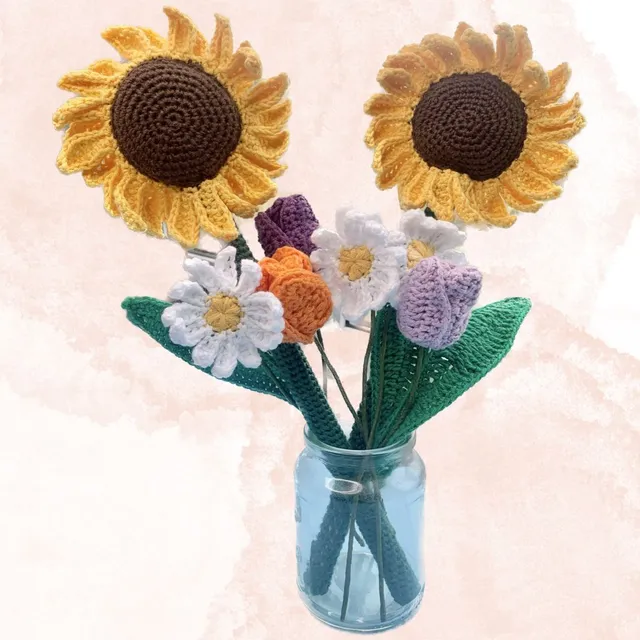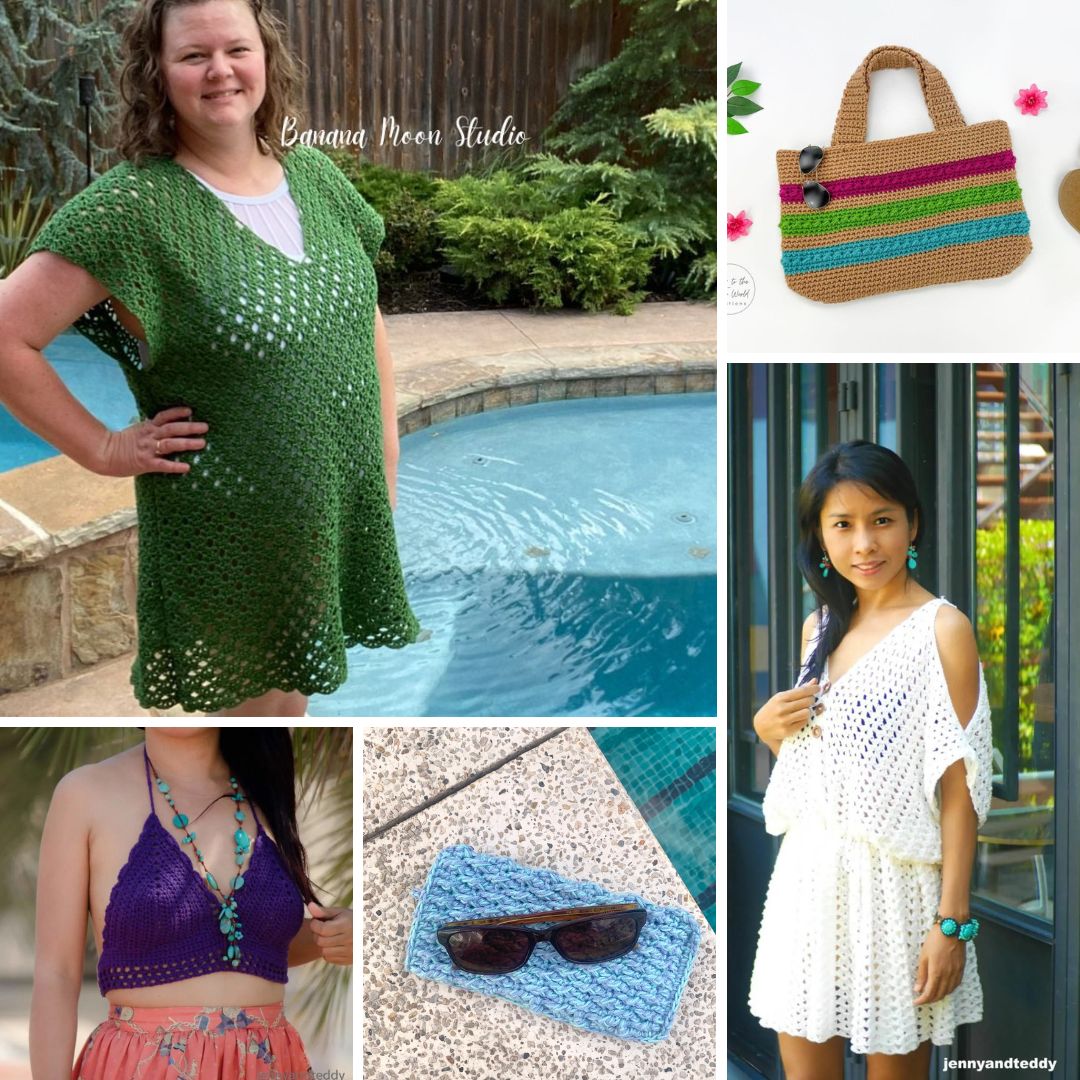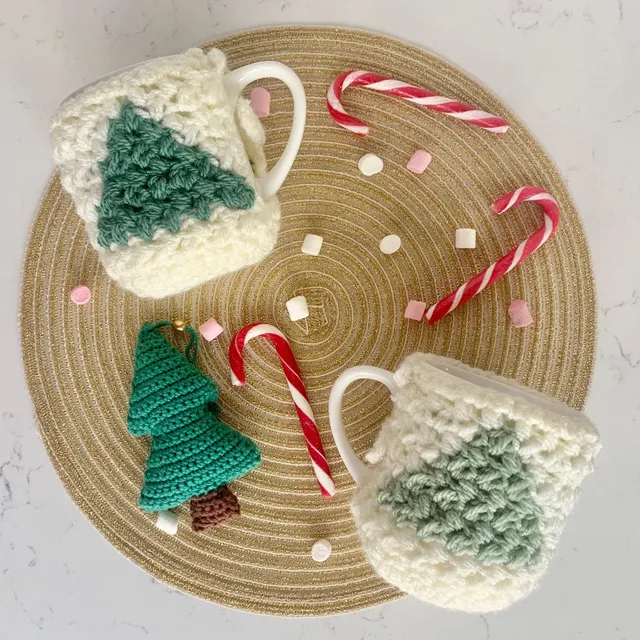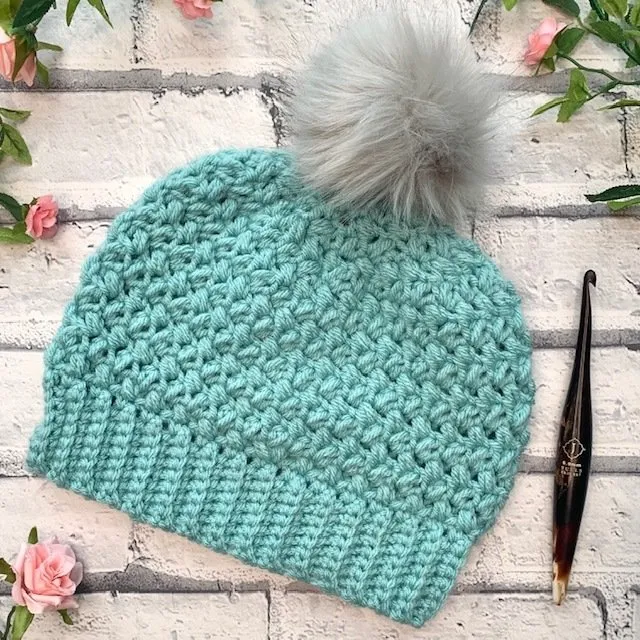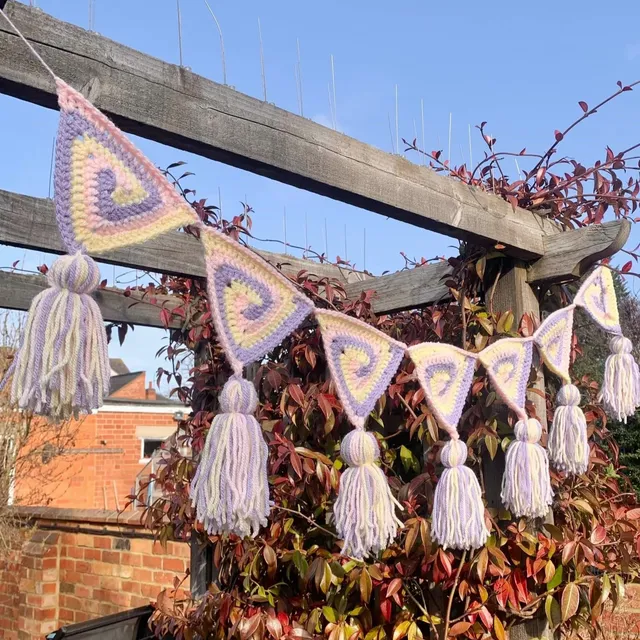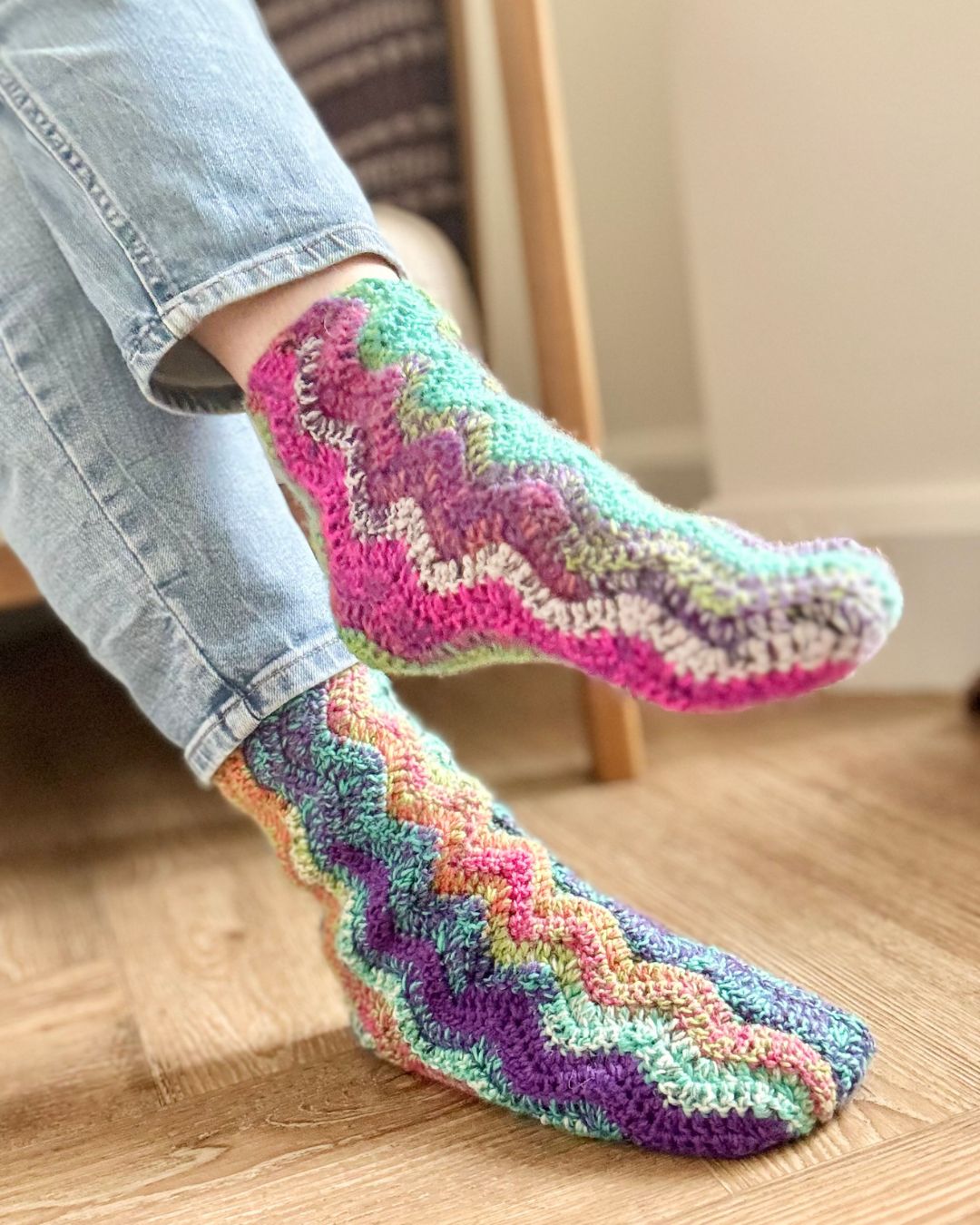How to Read A Filet Crochet Chart
Find out how to read a filet crochet chart whether you crochet left or right handed, so you can create the look of crochet lace the easy way. Filet crochet is an easy technique made using only US double crochet and chains.

Please note that some of the links in my blog are affiliate links. I may earn a small commission if you purchase via these links, but the price you pay is not affected
How to read a filet crochet chart? | Crochet Stitch Tutorials
The Filet crochet technique is super popular as it suitable for beginners just learning the craft of crochet as only it only uses blocks of US Double crochet and chain stitches to create an open mesh of fabric that can depict any type of picture.
In this article you will learn:
- What is filet crochet
- A brief history of filet crochet
- How to read a filet crochet chart
- How to read a filet crochet chart if you crochet left handed
- The best yarns to use for filet crochet
If you’ve never used the filet crochet technique and would like to practice with a simple stitch pattern before reading charts, click here to see the Filet Squares Square, a free filet granny square pattern.
This pattern uses an easy variation of the technique to practice working in to the chain spaces and creating the open mesh used in the filet crochet technique.

What is Filet Crochet
Filet crochet uses open mesh and closed mesh stitches to create images, shapes and patterns in crochet fabric.
It’s similar to the Offset Mesh stitch that features in the All Meshed Up Bag, but instead of working only into the chain spaces, filet crochet works both in the chain spaces and into the stitches to create open and closed blocks of double crochet stitches.
Filet crochet is made up of 2 different blocks – open and closed blocks. Each block represents 3 stitches. The open blocks create the outline of the shape being created in the pattern and the solid blocks create closed blocks of stitches in the fabric.
Open Block
- 1 x Double crochet stitch and chain 2
Closed Block
- 3 x double crochet stitches
The History of Filet Crochet
The filet crochet technique has been used for many different projects over the years and the technique still lends itself well to modern crochet projects.
It’s said to have been developed by fishermen’s wives who mimicked the way that nets were repaired to recreate lace patterns in crochet.
Instructions for filet crochet can be found in needle books in the late 19th century when the technique was known as square crochet.
Traditionally you would find floral patterns in window curtains, bedspreads and blankets, tablecloths and napkins made with cotton thread.
Modern uses of Filet Crochet feature geometric designs, animal outlines, words and seamlessly random shapes in wraps and shawls, baby blankets, bags, sweaters and many more.
Modern patterns use any sized yarn making the most of the brighter colours to showcase the negative space left by the open blocks.
How to Read a Filet Crochet Chart
Filet crochet is usually written in the form of a chart instead of written pattern that lists instructions to follow.
As when reading any pattern, it’s important to check the pattern notes to ensure you understand what the “Key” or stitch mutiple for the pattern you are following.
In most filet crochet patterns, each block in the chart represents 3 stitches:
- O = Double crochet and chain 2
- X = 3 double crochet
You can also find closed or solid blocks represented as a black dot or circle within the block of the chart.
The chart below is symmetrical, so you can read the chart either way, regardless of which hand you crochet with and achieve the same pattern.

How to calculate the foundation chain for filet crochet
To calculate the starting foundation chain for your filet crochet pattern, you start with the number of block across the 1st row – in the chart above there are 7 blocks.
You then multiply the number of blocks by the number of stitches in the block (remember to check the pattern notes in case it’s not the standard 3):
- 7 blocks x 3 = 21 chains
There are some stitches that are not shown on the filet crochet chart that will change the number of foundation chains needed to start the pattern – the 1st and last stitch of each row are not shown on the chart. These extra chains need to be added on to the number of chains required for the block:
- + 3 chain which will count as 1st double crochet of row
- + 1 chain for the last double crochet of the row
- = 4
So the total number of chains for this example will be 21 + 4 = 25 chains
The 1st stitch of the 1st block is then worked into the 4th chain from hook with the skipped 3 stitches counting as a Double Crochet that is not shown on the chart. A final Double crochet is worked into the last chain that is also not shown in the chart.
Stitches to Remember
- The 1st chain 3 of each row is the starting stitch and counts as the 1st stitch of the block being made
- A final dc will be made in the turning chain of 3 from the previous row and is not shown on the filet chart

Symmetrical Filet Chart verses Asymmetrical Filet Chart
The chart above is symmetrical, so it can be read either way, regardless of which hand you crochet with and achieve the same pattern.
If a pattern depicts letters or numbers, or has a pattern that can not be reversed, it’s important to ensure that the chart is read in the correct order to replicate the pattern correctly.
The chart above shows there are row numbers on each side. To replicate any chart as shown:
Right handed – should read as follows:
- Odd numbered rows should be read from Right to Left
- Even numbered rows should be read from Left to Right
Left handed – should read as follows:
- Odd numbered rows should be read from Left to Right
- Even numbered rows should be read from Right to Left
Learn how to Filet Crochet
Using the chart below, try calculating the number of foundation chains required to make the pattern.

Did you get it?
- 13 blocks x 3
- + 3 + 1 =
- 43 chains
Grab any yarn and corresponding hook to stitch up this chart. Below you’ll find the written pattern for the 1st 2 rows.
Row 1: Ch 43, dc in 4th chain from hook, dc into each ch across, turn. (40 dc)
Row 2: Ch3 (counts as 1st dc in open block), ch 2, skip 2 sts, *[dc in next 3 sts] 3 times, dc, ch 2; repeat from * to last, dc in last. (32 dc, 8 ch 2)
I hope you’ve enjoyed learning about how to read a filet crochet chart. It’s an easy technique once the “rules” are known.
I’ve love to see your finished swatch of the examples, why not share a picture in the community group.

